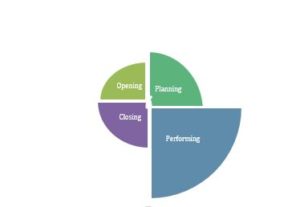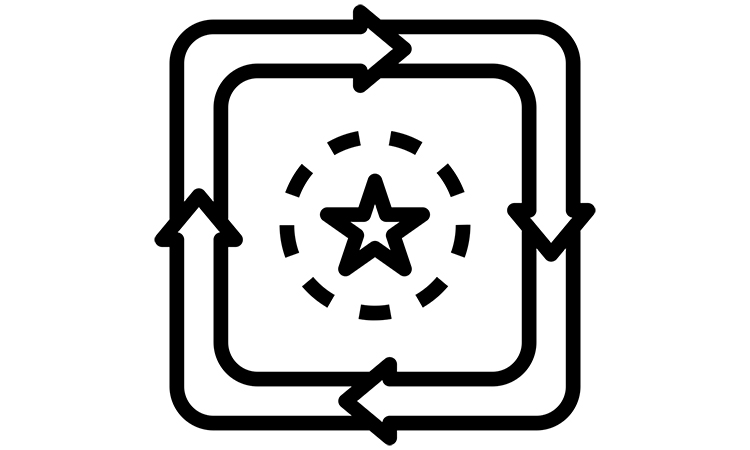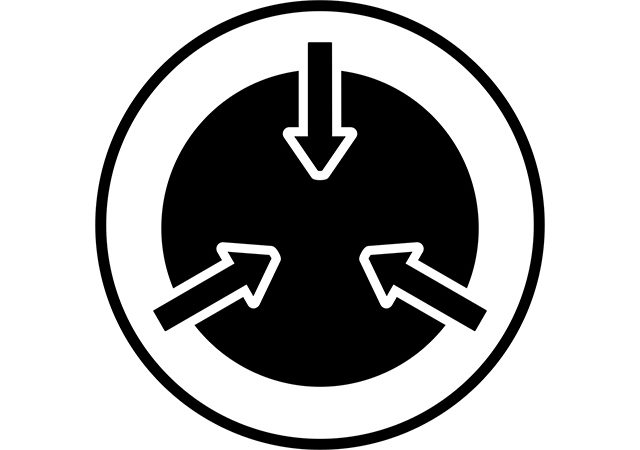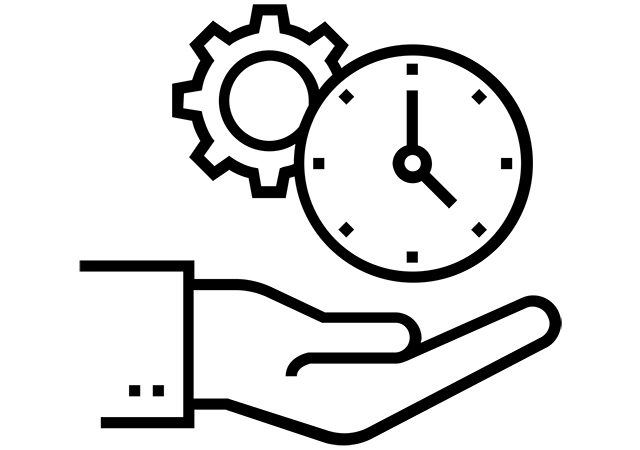The project life cycle is a sequence of phases in a project with certain name and number, assigned by the management of the project or organisation involved.
A project life cycle should be documented and can be determined by the unique terms. The certain actions and deliverables should happen between the start and end date of the project. So the project life cycle can establish a certain framework for managing the project.
Generally speaking any project consists of the following stages:
- Opening the project;
- Planning the project;
- Performing the project work and activities;
- Closing the project.
All the projects, even the most difficult in terms of complexity, timing and technology, can be frameworked by this structure. Graphically it can be shown in Figure 1.

Cost, staffing levels and timing for every phase are different. It is also shown that every piece of the diagram is scaled in accordance to it’s weight.
The project life cycle can be characterised by the following:
- The cost and staffing level of a project are the lowest at the beginning, having their peaks during the work performing phase, and decreasing towards its close;
- The change costs are the smallest at the starting phase and the biggest towards the closing phase;
- The risks and uncertainties are the biggest at the start and decrease towards the close.
Very complex and large projects usually demand larger control over the life cycle process and performing phase. So the performing phase can be divided into sub-phases.
Sometimes projects are related to products. The relationship maybe different. For example, to develop a brand new product, or to modernise a previous version of a product. Or, to add new features to a product, and so on. The product is also characterised by its life cycle. All the projects are characterised by their purpose. And one product can be related to several projects at the same time.
A project is divided into phases, and its phases need additional control in order to effectively complete a project. The phase division of the project assists better control, planning and performance of the project. It is especially effective when the project is large and complex. The project phases are characterised by the following features:
- The performing phase is usually very focused, and differ from the rest of the This sometimes involves external organisations and processes;
- The strong control over the all processes of the project helps to achieve the best deliverables;
- The closing phase of a project is usually the transfer of the project deliverable.
All projects are differ by their structure, and even similar projects may vary a lot. So some organisations are standardising all project structure, and some are very flexible with their project structure.
Let’s consider another very important factor for project evaluation – project governance. This provides the very strict control of the project flow and guarantee of the project success.
The project governance is usually described at a project management plan. The project manager determines how the project will work in the most successful way, and all the decisions are made with regards to the people and organisations involved, the available resources and approach made at the planning phase.
The project phase structure allows for general project control, when the management can discuss all the risks and needs before the beginning of every project part. The review of the project at the end of each phase is also necessary, as it can lead to reassessment of efforts or resources for a project, and can lead to termination or prolonging the project if necessary.
Phases of the project are also related to each other. There are three types of relationship between project phases.
- A consistent relationship, when every phase of the project starts after the previous phase is finished;
- An overlapping relationship, when the phase of the project can start before the previous phase is finished;
- An iterative relation, when the start of the project phase depends on the external conditions and the phase’s start is not related to the finish of the previous phase.
Complex and multiple phase projects may be characterised by several types of phase relationships at the same time.




